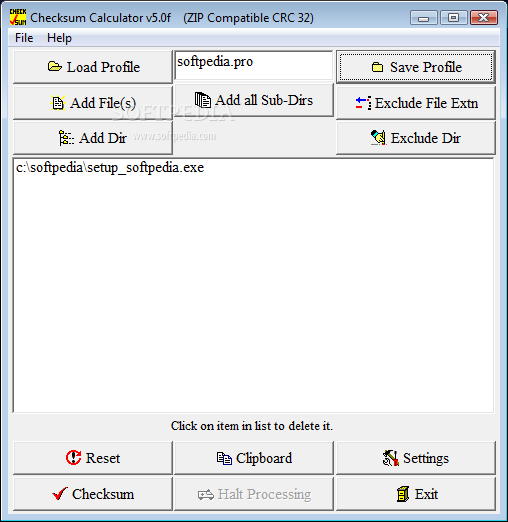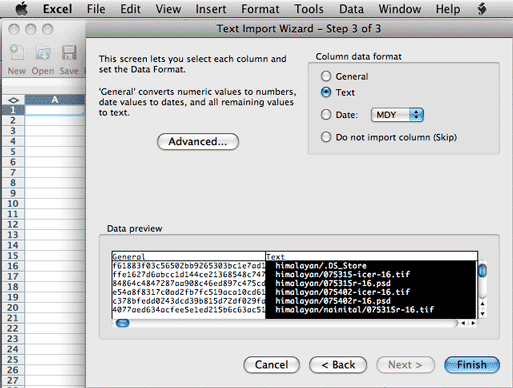

- Free checksum calculator mac how to#
- Free checksum calculator mac download#
- Free checksum calculator mac mac#
Note: Be sure to leave an extra space after the command, and don’t hit Enter just yet, because you’re going to have to add the file path to the download in the next step. What you type will depend on the hashing algorithm used by the developer. In Terminal, type in the appropriate checksum command. Step 3: Enter the checksum command followed by a space Alternatively, use Finder to navigate to /Applications/Utilities and double-click Terminal. To do this, type “Terminal” in the Launchpad search field, or in Spotlight, and click on the Terminal icon. This developer used SHA-1 to generate a checksum value Step 2: Launch Terminal The algorithms you’re most likely to encounter are MD5, SHA-1, SHA-256, and SHA-512. The app developer will make it clear on their website. Here are the steps to use a checksum to verify a download in Terminal on macOS: Step 1: Figure out which hashing algorithm to useīefore you do anything else, you need to determine which hashing algorithm was used to generate the file’s checksum.
Free checksum calculator mac how to#
How to verify macOS downloads with checksums in Terminal It only takes a second - and it could keep you from being infected by malware. If you have the option to verify your download with a checksum, you should always do so. Even if their download server is compromised, the checksum value on their website will be the one that matches the genuine version of the app download. When you download an app from a developer’s site, they may provide a checksum for the download so that you can check the file’s integrity for yourself. For this reason, it’s smart to double-check that what you’re downloading is actually what it’s supposed to be! But even app distribution platforms and developers’ servers can be hacked, and used to distribute malware.
Free checksum calculator mac mac#
You can follow a few basic best practices to avoid most Mac Trojans, such as only downloading apps from known and trusted sources. In terms of Mac security, it’s that latter case that you need to worry about, because Trojanized apps are a problem on macOS. Either the data is corrupt, or else someone has deliberately changed the file. But if the two values don’t match, then whatever you’ve downloaded isn’t the same as the original file. If you know what the checksum of the original file is supposed to be, you can run the hashing algorithm on the downloaded file to make sure the two values match.

How checksums keep you safeĬhecksums let you verify the integrity of downloaded files. If you change one little thing about that file, and run it through the hashing algorithm again, you get a totally different value. For this reason, if you compare two checksum values, you can tell whether or not they were derived from the same file.

If you put a file through a hashing algorithm, you get a unique value. Here’s the main thing to remember about checksums: They act like a “fingerprint” for a file. The letters are only there because they’re numbers expressed in a non-decimal numeral system (the one above is hexadecimal). These checksum values look like a big string of letters and numbers, for example: 11a0241a5a7accb9e599eeff04e739479049d75669067980401451f3fde72b96īut they’re actually just really huge numbers. For our purposes, we’re going to simplify things and only talk about checksums generated by cryptographic hashing algorithms. A checksum is the value you get when you run a file’s bits and bytes through a special algorithm designed to produce - you guessed it - checksums. What is a checksum?įirst, what is a checksum? Here’s the dictionary definition, courtesy of Wikipedia:Ī checksum is a small-sized block of data derived from another block of digital data for the purpose of detecting errors that may have been introduced during its transmission or storage. In this guide and walkthrough, we’ll show you how to use Terminal and checksums to verify your macOS app downloads. How do you know that the app you’ve downloaded is genuine, and not a macOS Trojan? Your Mac comes with a built-in tool that can help. How to use checksums on Mac to verify app downloads


 0 kommentar(er)
0 kommentar(er)
